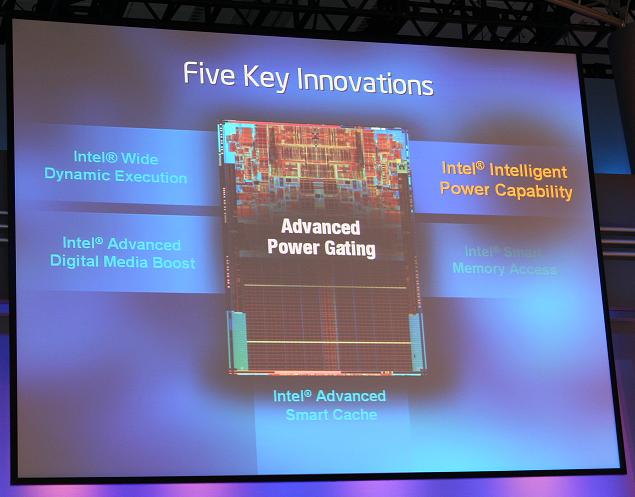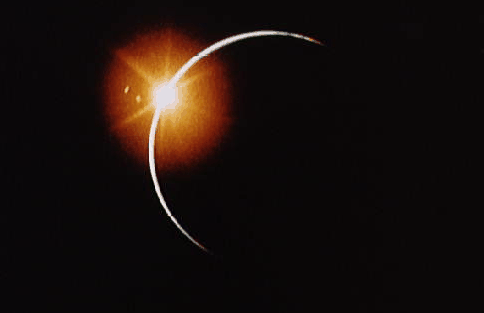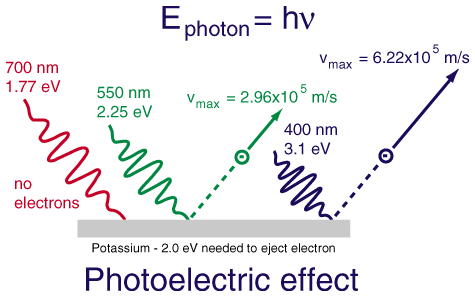 The other day, I was at lunch with a merged group of teenagers and Ivy League MBAs. The MBA dominated conversation theme was doom. The Currency is doomed, health care is doomed, the environment is doomed, the next generation is doomed...
The other day, I was at lunch with a merged group of teenagers and Ivy League MBAs. The MBA dominated conversation theme was doom. The Currency is doomed, health care is doomed, the environment is doomed, the next generation is doomed...After lunch and the other MBAs had left, I advised the pallid student beside me that doomsaying is a hobby for some.
 Every few years, "The End becomes Near." I then pointed out that while there are always doomsayers, there are also a healthy number of those who say, "Um, although we're doomed as you say, do you mind if we keep trying anyway?" The latter spirit has always prevailed.
Every few years, "The End becomes Near." I then pointed out that while there are always doomsayers, there are also a healthy number of those who say, "Um, although we're doomed as you say, do you mind if we keep trying anyway?" The latter spirit has always prevailed.A doomsday fad we will be subjected to for the next few years comes to us from the Mayans. Apparently, on December 21, 2012, at 11:11am (MST presumably) the Mayan calendar simply ends.

In advance of the forthcoming Mayan Doom, here are some more practical predictions of what we can expect from the year 2012.
Hybrids
 Today's icon of environmental responsibility, by 2012, hybrid technology engines will be as common as fuel injection is today. Hybrid cars will be a novel "green badge" through 2009, but beyond that, their achievement of substantial economy beyond mere cachet will drive ubiquity across the chasm to consumers who are concerned more with operating expense than environmental appearances. All but niche performance trophy cars will be built on hybrid regeneration technology.
Today's icon of environmental responsibility, by 2012, hybrid technology engines will be as common as fuel injection is today. Hybrid cars will be a novel "green badge" through 2009, but beyond that, their achievement of substantial economy beyond mere cachet will drive ubiquity across the chasm to consumers who are concerned more with operating expense than environmental appearances. All but niche performance trophy cars will be built on hybrid regeneration technology.Solar
 Even without the innovations that are about to be unleashed on the market, solar electricity production has been growing at 20% CAGR since the 1970's with no down years. Of the four major competing technologies for production of economic solar energy (and that certain fifth soon to make itself known. Watch this blog for a future update!) One will have established itself as the leading practical solution by 2009. By 2012, global production of electricity conversion will be stampeding from coal/nuclear to solar at a breathtaking pace, achieving 15% of global production via solar cells. Most of the houses on your block will have solar systems installed. At least one solar energy technology company will land in the Fortune 50 -having climbed there faster than any company in history.
Even without the innovations that are about to be unleashed on the market, solar electricity production has been growing at 20% CAGR since the 1970's with no down years. Of the four major competing technologies for production of economic solar energy (and that certain fifth soon to make itself known. Watch this blog for a future update!) One will have established itself as the leading practical solution by 2009. By 2012, global production of electricity conversion will be stampeding from coal/nuclear to solar at a breathtaking pace, achieving 15% of global production via solar cells. Most of the houses on your block will have solar systems installed. At least one solar energy technology company will land in the Fortune 50 -having climbed there faster than any company in history.SSL
 More than a century at the top is a good run for any technology, and so the Edison light bulb is ready to be retired with honors. But we are struggling today with an inferior replacement, the CFL which uses less power but is just as fragile and contains poisonous mercury vapor. Happily, an ideal replacement is on its way. Solid State Lighting (SSL) is made from robust, energy efficient LEDs. Until recently, LEDs have been confined to the dim lights announcing such things as your cell phone's charge. But recent advances have made super bright white LED lights practical and set them on the way to consumer applications. In 2008, LED bulbs will be launched into the consumer stage by no less a spectacle than the Beijing Olympics, "The Olympics of Light" making extensive use of the new technology. By Fall of 2008, standard consumer LED bulbs will be on the shelf and by 2012, Edison's incandescent bulbs will be in a revered place beside his also-retired phonograph record, but no longer available in stores.
More than a century at the top is a good run for any technology, and so the Edison light bulb is ready to be retired with honors. But we are struggling today with an inferior replacement, the CFL which uses less power but is just as fragile and contains poisonous mercury vapor. Happily, an ideal replacement is on its way. Solid State Lighting (SSL) is made from robust, energy efficient LEDs. Until recently, LEDs have been confined to the dim lights announcing such things as your cell phone's charge. But recent advances have made super bright white LED lights practical and set them on the way to consumer applications. In 2008, LED bulbs will be launched into the consumer stage by no less a spectacle than the Beijing Olympics, "The Olympics of Light" making extensive use of the new technology. By Fall of 2008, standard consumer LED bulbs will be on the shelf and by 2012, Edison's incandescent bulbs will be in a revered place beside his also-retired phonograph record, but no longer available in stores.The Future is Bright
 These are just the technologies that we know about. In an era of exponential innovation rates, one certainty is that there will be curve-busting surprises. By 2012, the world will be a very different place. The legacy industrial infrastructure that burdens us today will be shed and reborn.
These are just the technologies that we know about. In an era of exponential innovation rates, one certainty is that there will be curve-busting surprises. By 2012, the world will be a very different place. The legacy industrial infrastructure that burdens us today will be shed and reborn.Maybe that's what the Mayans had in mind all along.





















 We therefore stand at a rare point of convergence. Just as we have acquired a distaste for petroleum fuel and its recently high price –we have in our grasp an array of
We therefore stand at a rare point of convergence. Just as we have acquired a distaste for petroleum fuel and its recently high price –we have in our grasp an array of 








